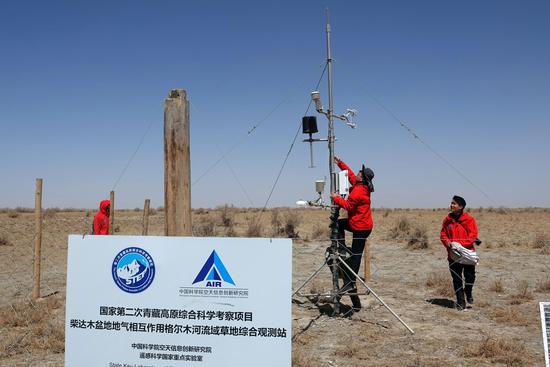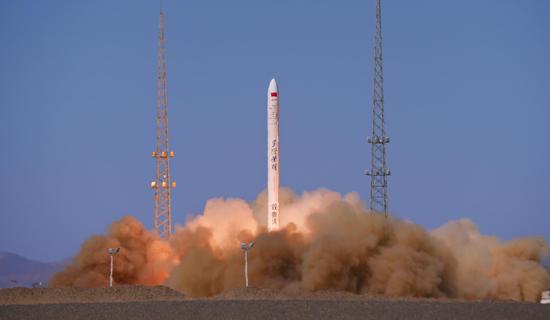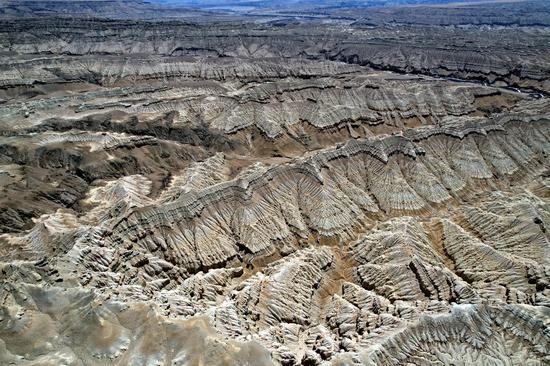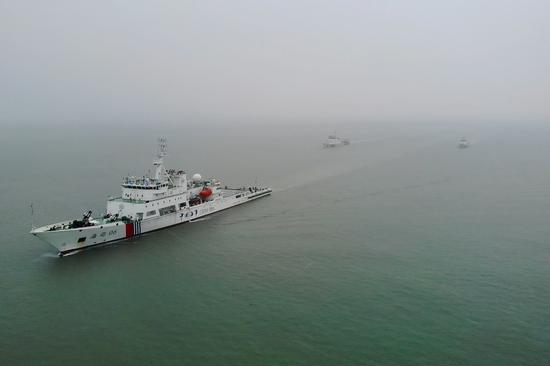How much rainfall will typhoons bring this year? Chinese scientists will be able to answer such questions more accurately in future thanks to the launch on Sunday of the Fengyun-3G (FY-3G), a satellite dedicated to measuring precipitation on Earth.
With a lifespan of six years, FY-3G is the country's first satellite allowing scientists to monitor the Earth's precipitation from space, one of only three such satellites in the world. It was developed by an institute of China Aerospace Science and Technology Corporation, and its ground system will be built and operated by the China Meteorological Administration.
The 20th member of the Fengyun series, the FY-3G will highlight the strength of China's low-orbit meteorological satellite constellation and significantly improve the early warning capability for global rainstorms, said Chen Zhenlin, head of the central meteorological observatory.
In the past, precipitation data was obtained mainly by ground-based rain gauges and radar. However, equipment shortages and uneven distribution made it difficult to acquire large-scale and high-precision information.
Ground devices have blind spots, but satellites in space can rectify this deficiency, making data available for places where ground-based measurements are sparse, said Zhang Peng, deputy director of the National Satellite Meteorological Center.
To increase the accuracy of precipitation monitoring and early warning, scientists have also mounted dual-frequency precipitation measurement radar on FY-3G, which will enable the satellite to accurately observe drizzle, even at an altitude of 407 km.
Qian Bin, the chief designer of the FY-3G, said the satellite adopts a low-inclination orbit, with an inclination of 50 degrees. It will provide precipitation data mainly within the range of 50 degrees north latitude to 50 degrees south latitude.
In the next six months, FY-3G will undergo in-orbit tests and meet the challenges of meteorological disasters such as rainstorms and typhoons in the upcoming flood season, according to the meteorological administration.
China currently has a total of eight Fengyun meteorological satellites in orbit, providing data products and services to 126 countries and regions.


















































 京公网安备 11010202009201号
京公网安备 11010202009201号